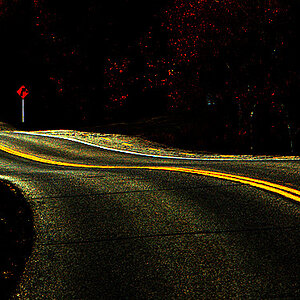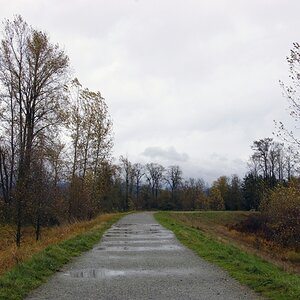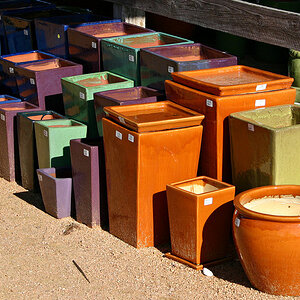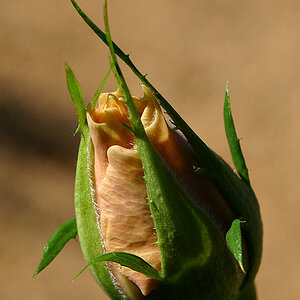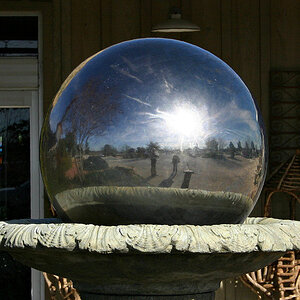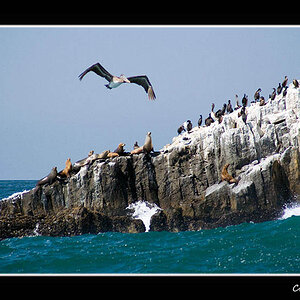abrarhayat
TPF Noob!
- Joined
- Aug 25, 2014
- Messages
- 12
- Reaction score
- 2
- Location
- Dhaka
- Can others edit my Photos
- Photos NOT OK to edit
I asked a similar question before but haven't got my lens yet and now I want to be sure. I use a nikon d5300 with a kit lens 18-140 mm . My intentions with the new lens is to take portraits primarily and also for daily use with the help of the huge aperture, a good lens for low light conditions, but primarily I want to take photos with a nice bokeh effect. Thanks in advance!



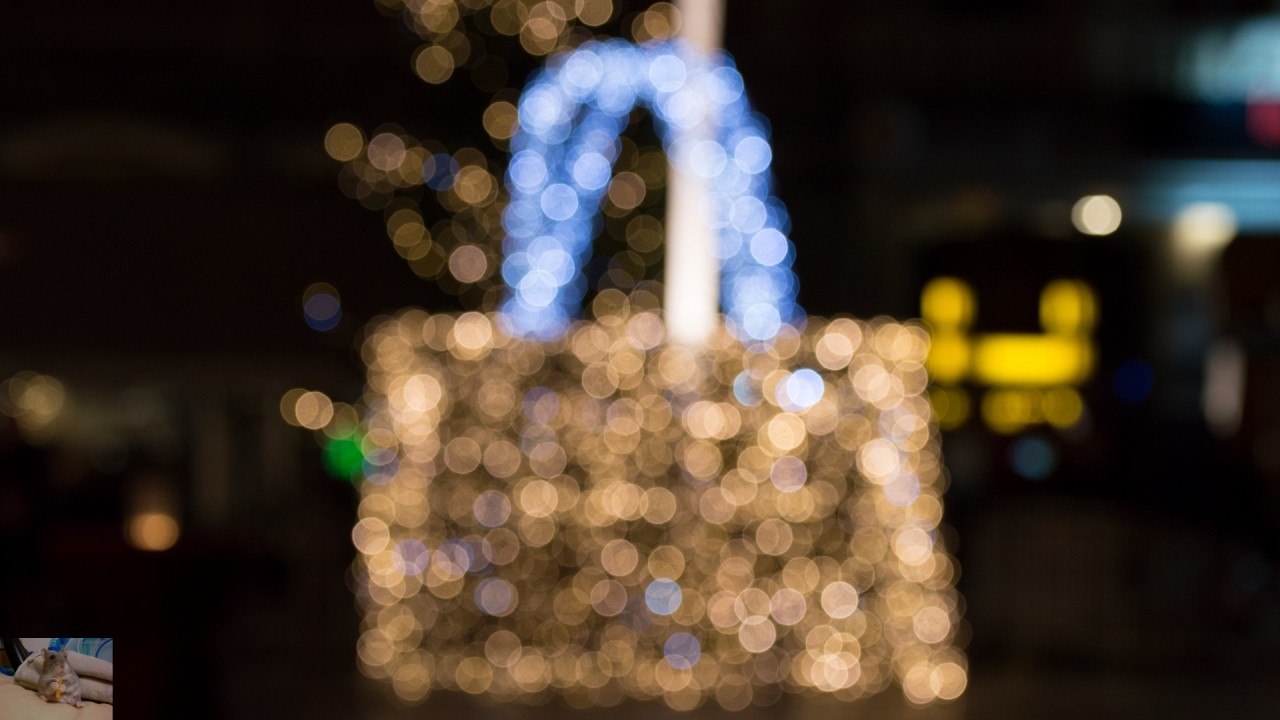
 Bokeh
Bokeh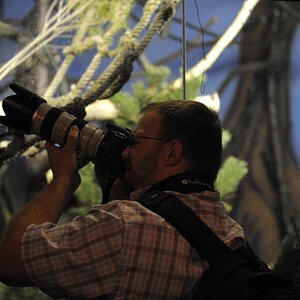
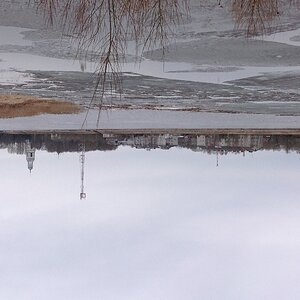
![[No title]](/data/xfmg/thumbnail/39/39498-362f11d9bfd0d9e222faa85b38801745.jpg?1619739056)
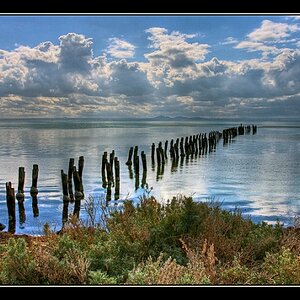
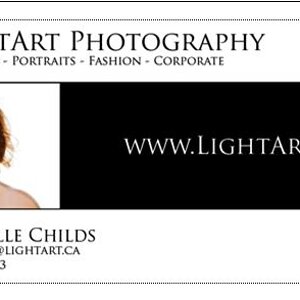
![[No title]](/data/xfmg/thumbnail/36/36675-f6965e1e6c1fa2be4ff0460e9657fe99.jpg?1619737676)
